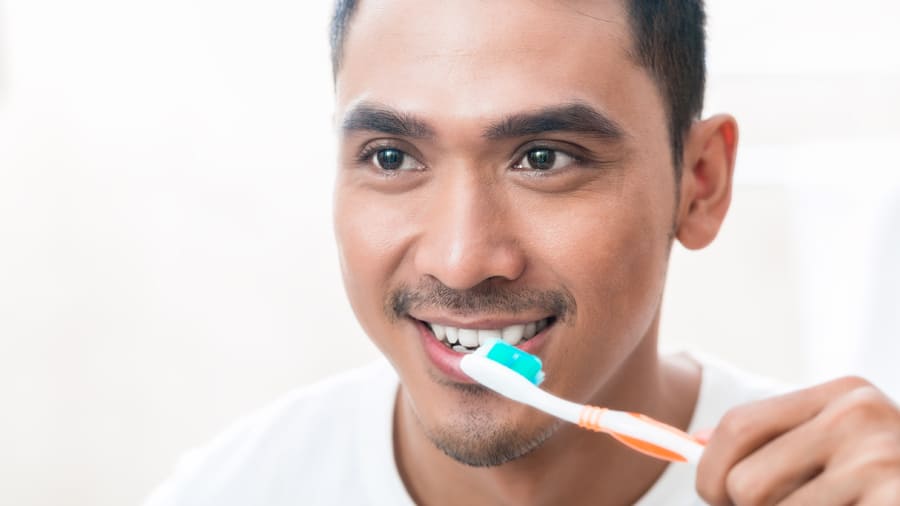Teeth may look simple from the outside, but their anatomy is surprisingly complex. The Indian Dental Association explains that the tooth is a structure formed by the combination of different kinds of tissues. Each tissue is formed by different cell types that work in a well coordinated and co-dependent way. The hard outer layer of the teeth is known as enamel. The sensitive tissue directly underneath the enamel is called dentine. At the centre of the teeth is the pulp cavity. This critical cavity contains the nerves and blood supply that keep the teeth alive.
Parts of the Pulp Cavity
Pulp cavities contain two main parts: the pulp chamber and the root canals. The pulp chamber is the upper section of the cavity contained within the crown of the tooth. The root canals are the lower section of the cavity found within the tooth roots. According to a review published in the Journal of Clinical and Diagnostic Research, the number of roots may vary from a tooth on the upper jaw (also known as a maxillary tooth) to a tooth on the lower jaw (also known as a mandibular tooth). The number of root chambers in the pulp cavity may vary from tooth to tooth, as well.
Dental Issues Affecting the Pulp Cavity
While pulp cavities are located deep within the teeth, they're not immune to dental problems. Large cavities or cracks in the teeth allow bacteria to reach the pulp, resulting in an infection and possibly a pocket of pus called a tooth abscess. Symptoms of a tooth abscess may include a severe toothache, facial swelling or a fever. If you have signs of a tooth abscess, see your dentist immediately.Cavities and dental trauma aren't the only situations that can affect the pulp cavities. The blood vessels within the pulp can become inflamed due to stressors like repeated dental procedures or clenching and grinding the teeth, a condition known as bruxism. A dentist can evaluate the affected teeth and recommend an appropriate treatment. In some cases, the pulp inflammation goes away once the source of irritation is gone. In other cases, the pulp has been damaged beyond repair and needs to be removed.
Caring for the Pulp Cavities
There are many things you can do to keep your pulp cavities healthy, including following a good oral hygiene routine. Remember to brush your teeth twice a day and floss once per day. A good oral hygiene routine helps remove food particles and plaque from the teeth, which helps prevent cavities.It's also important to protect your teeth from trauma that could injure the pulp cavity. If you play sports, wear an appropriate sports mouth guard. If you clench your teeth and your dentist has recommended a bruxism mouth guard, remember to wear it at night.In addition, see your dentist regularly for check-ups. At these visits, your teeth will be thoroughly cleaned to remove plaque and tartar. The dentist can also thoroughly examine your teeth for problems like cavities that could affect the pulp cavity if left untreated.Pulp cavities are an important part of the teeth's structure. To protect the pulp cavities, follow a good oral hygiene routine, protect the teeth from trauma and see a dentist regularly.






